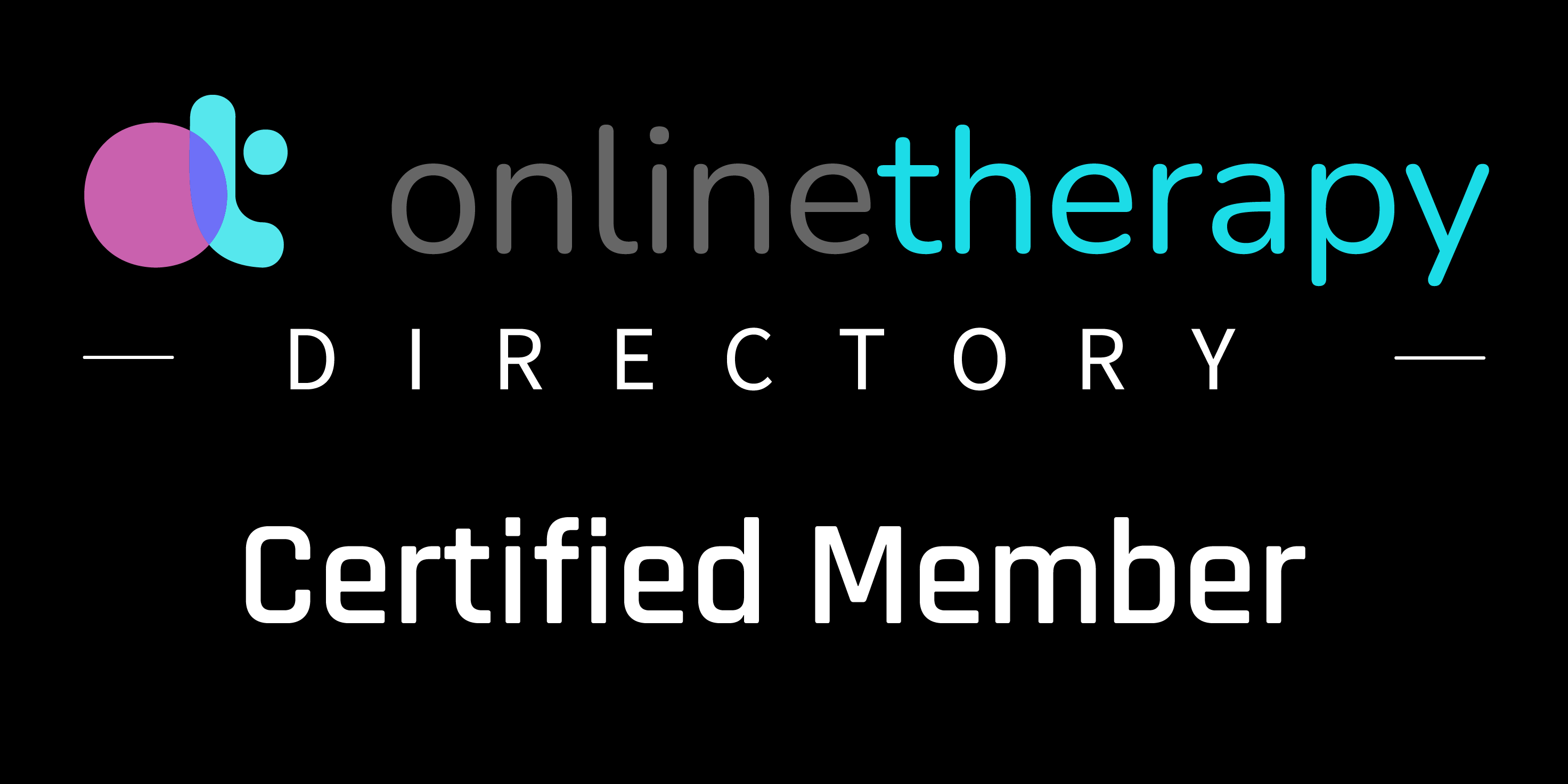Trauma leaves an indelible mark on those who experience it, especially when it stems from abuse. The emotional, mental, and even physical scars of abuse can lead to a tangled web of negative thoughts and deep-rooted feelings of guilt, shame, and self-blame. Cognitive Processing Therapy (CPT) offers a beacon of hope by addressing these issues head-on. This blog post explores what CPT is, how it works, and why it can be a powerful tool for survivors of abuse on their journey toward healing and recovery.
What Is Cognitive Processing Therapy?
Cognitive Processing Therapy is an evidence-based cognitive-behavioral treatment specifically designed to help individuals overcome the emotional and psychological impact of trauma. Initially developed to treat post-traumatic stress disorder (PTSD) in combat veterans, CPT has since been adapted to support survivors of various types of trauma, including those resulting from sexual, physical, or emotional abuse. At its core, CPT helps individuals understand and change the unhelpful beliefs—often referred to as “stuck points”—that keep them locked in cycles of negative thinking and emotional distress.
CPT encourages survivors to reexamine their thoughts about the traumatic event. Many find that after an experience of abuse, they might internalize blame or feel as though the trauma defines their entire identity. Through structured sessions, survivors learn to challenge these distorted beliefs and reframe their understanding of themselves, others, and the world around them.
The Core Principles of CPT
Central to CPT is the idea that trauma often disrupts our fundamental beliefs about safety, trust, power, esteem, and intimacy. When abuse shatters these core assumptions, it creates cognitive dissonance—a gap between what a person once believed and what the traumatic event has taught them about the world. This dissonance fuels the negative emotions that many survivors grapple with long after the abuse has ended.
CPT works to bridge this gap through several key techniques:
- Cognitive Restructuring: Survivors are guided to identify and challenge “stuck points” or maladaptive thoughts that are keeping them from moving forward. For example, a survivor might believe, “I must have done something to deserve the abuse,” or “I can never trust anyone again.” By questioning the evidence behind these thoughts, they can begin to develop healthier, more balanced beliefs.
- Written Narrative Assignments: Writing about the traumatic event is a core component of CPT. This isn’t about reliving the trauma repeatedly but about processing the memory in a controlled and therapeutic way. Through narrative assignments, survivors can see the event from different angles, which often helps to diminish its emotional charge over time.
- Understanding the Impact of Trauma on Beliefs: CPT places a significant emphasis on education. By understanding how trauma affects thought patterns and emotional responses, survivors gain insight into why they react in certain ways. This understanding is empowering—it shows that their responses, while painful, are common and manageable with the right tools.
Applying CPT to Trauma-Based Abuse
Abuse, whether it is physical, sexual, or emotional, often leaves survivors with a heavy burden of self-blame and mistrust. Cognitive Processing Therapy directly addresses these issues by offering a structured way to dismantle the harmful beliefs that many survivors internalize. Here’s how CPT can be specifically applied to trauma from abuse:
- Addressing Self-Blame and Guilt:
Survivors of abuse are frequently plagued by irrational self-blame. They might think that if they had acted differently, the abuse might not have occurred. CPT helps by challenging these beliefs through careful examination of the evidence. Therapists encourage survivors to explore alternative explanations, helping them see that the responsibility for the abuse lies solely with the abuser—not with them. - Rebuilding Trust:
Abuse often erodes a person’s ability to trust others, leaving them isolated and fearful of intimacy. CPT’s focus on reshaping negative beliefs can slowly restore a sense of trust in oneself and in the world. As survivors learn that their negative self-assessments are not facts but distorted perceptions influenced by trauma, they can begin to open up to the possibility of genuine, healthy relationships. - Creating a New Narrative:
One of the most powerful aspects of CPT is its ability to help survivors reconstruct the narrative of their lives. Instead of being defined solely by the abuse, survivors learn to incorporate their experiences into a broader, more balanced understanding of themselves. This shift in narrative is crucial—it transforms a story of victimhood into one of resilience and recovery. - Empowering Through Education:
Knowledge is power. When survivors understand the psychological mechanisms behind their trauma responses, they can better manage them. CPT provides this educational foundation, demystifying the way trauma affects the brain and emotions. Armed with this understanding, survivors often feel more in control of their healing process.
The CPT Process: What to Expect
Typically, Cognitive Processing Therapy is structured over 12 sessions, although the exact duration may vary depending on individual needs. Each session builds on the previous one, gradually guiding survivors from an initial state of overwhelming distress to a place of understanding and empowerment.
- Initial Sessions:
The early stages of CPT involve building a strong therapeutic alliance between the survivor and the therapist. This phase is dedicated to establishing a safe environment where the survivor feels comfortable discussing their trauma without judgment. The therapist provides an overview of the treatment process and begins to introduce the concept of “stuck points.” - Middle Sessions:
During the middle phase, survivors are encouraged to write detailed accounts of their traumatic experiences. This writing is not intended to retraumatize but to serve as a tool for analysis. The therapist helps the survivor break down the narrative, identify specific “stuck points,” and begin the process of cognitive restructuring. This phase often involves intense work, as the survivor confronts painful memories and deeply ingrained beliefs. - Final Sessions:
In the concluding sessions, the focus shifts toward consolidation and future planning. Survivors review the progress they’ve made, the new perspectives they have developed, and the strategies they can use to handle future challenges. The goal is to equip them with a durable set of skills and insights that they can continue to use long after therapy has ended.
The Impact and Effectiveness of CPT
Research consistently supports the effectiveness of CPT for reducing symptoms of PTSD and other trauma-related disorders. Many survivors of abuse have reported significant improvements in their mental health, noting that they feel less burdened by guilt and more capable of forming healthy relationships after completing the therapy.
Studies have shown that CPT can lead to lasting changes in how survivors view themselves and their experiences. By addressing the cognitive distortions that perpetuate emotional distress, CPT not only alleviates symptoms in the short term but also provides survivors with a framework for long-term resilience. This is especially crucial for those who have experienced abuse, as the journey to healing can be a lifelong process.
Potential Challenges and Considerations
While CPT is a powerful tool, it is important to acknowledge that the road to recovery is rarely linear. For some survivors, the process of confronting and rewriting their traumatic narratives can be emotionally demanding. It is not uncommon for individuals to experience temporary increases in distress as they work through painful memories. This is why having a compassionate, skilled therapist is so essential; the therapist’s support helps ensure that the survivor feels safe and understood throughout the process.
Additionally, while CPT is effective for many, it may not be the right fit for everyone. Some individuals may benefit from a combination of therapies or a different therapeutic approach altogether. It is important for survivors to work with their mental health professionals to determine the best path for their unique needs.
Moving Forward: Embracing a New Narrative
For survivors of abuse, the idea of healing can sometimes seem like a distant dream. However, Cognitive Processing Therapy offers a structured, hopeful approach to recovery. By challenging harmful beliefs and reconstructing the narrative of their lives, survivors can begin to see themselves not as perpetual victims, but as individuals with the power to reclaim their lives.
Embracing CPT means accepting that while the past cannot be changed, the way it shapes one’s future can be transformed. It is a reminder that healing is possible, and that every survivor has the capacity to forge a new path—one defined by strength, resilience, and hope.
If you or someone you know is struggling with the aftermath of abuse, consider exploring CPT with a trusted mental health professional. The journey to recovery may be challenging, but with the right support and tools, it is a journey that leads to a life filled with renewed purpose and inner peace.
In the end, Cognitive Processing Therapy isn’t just about treating symptoms—it’s about helping survivors rebuild their lives from the inside out, one thought at a time.















